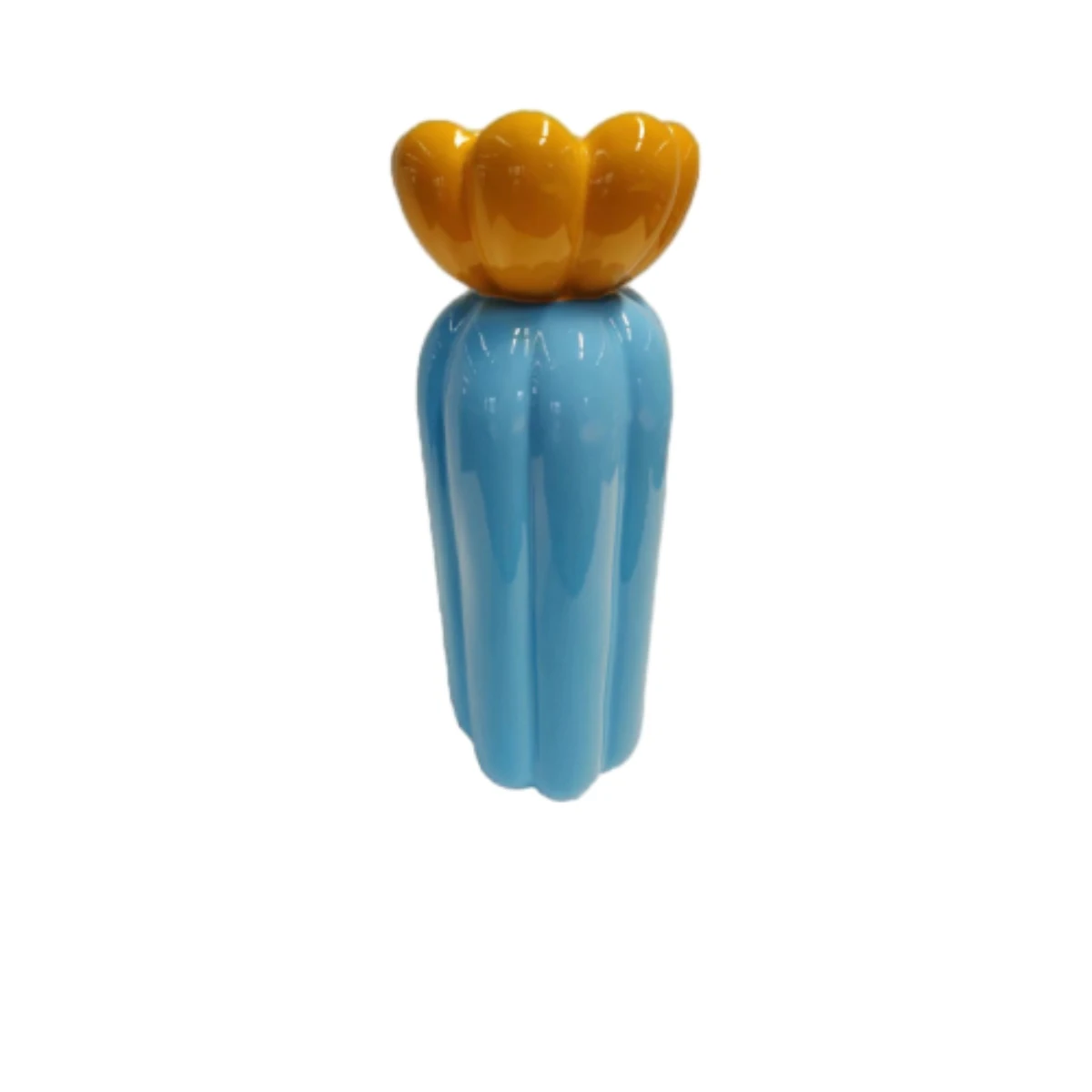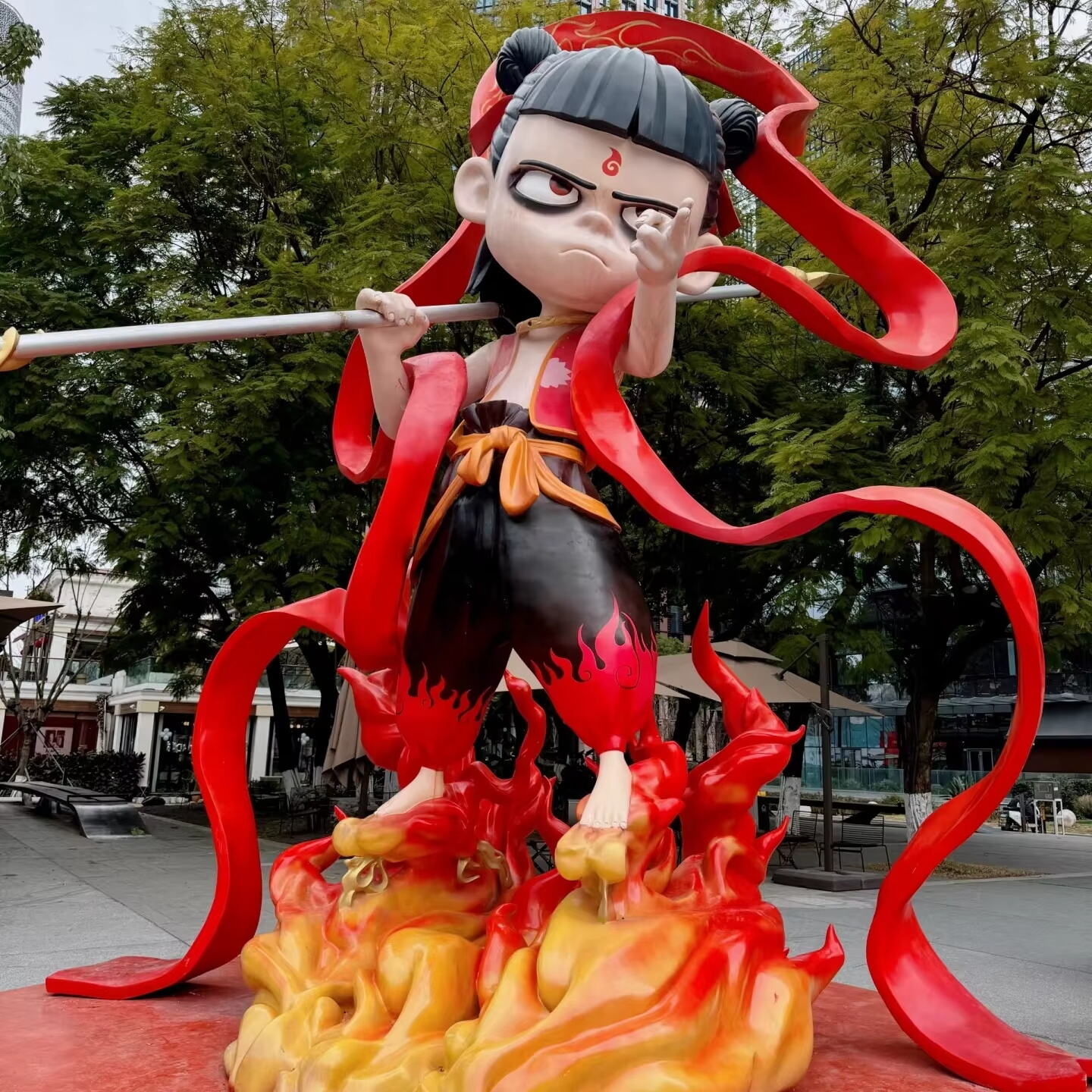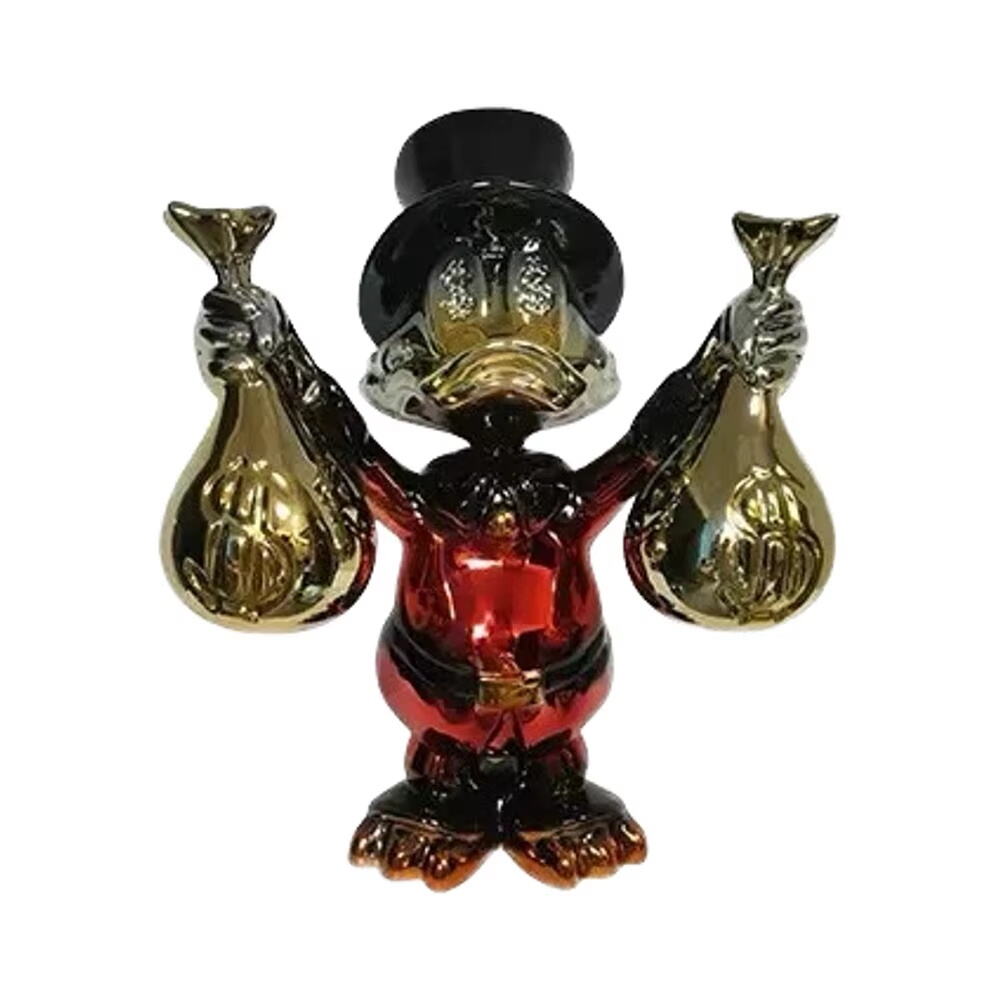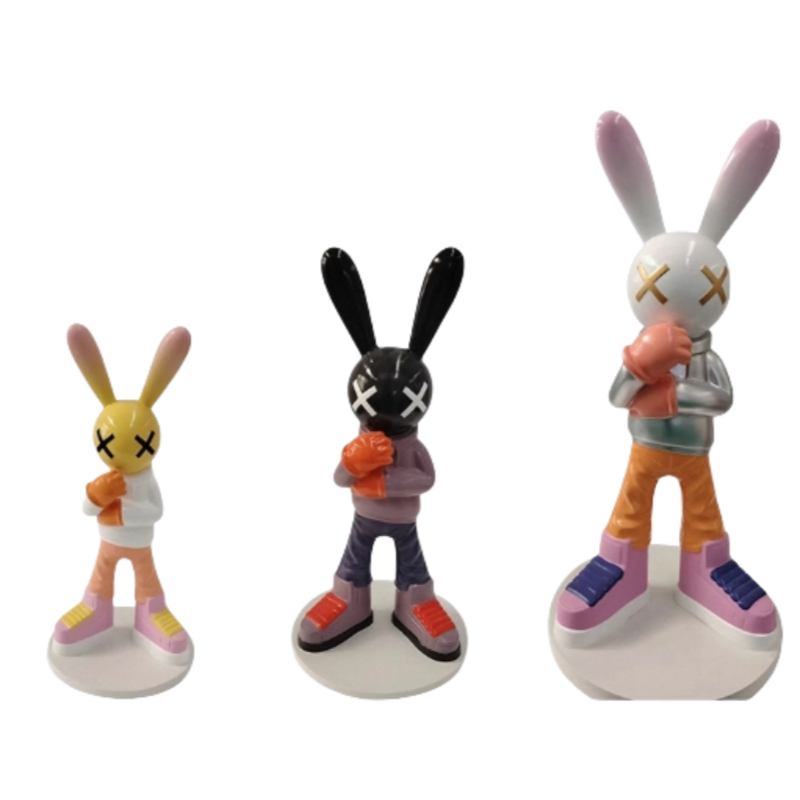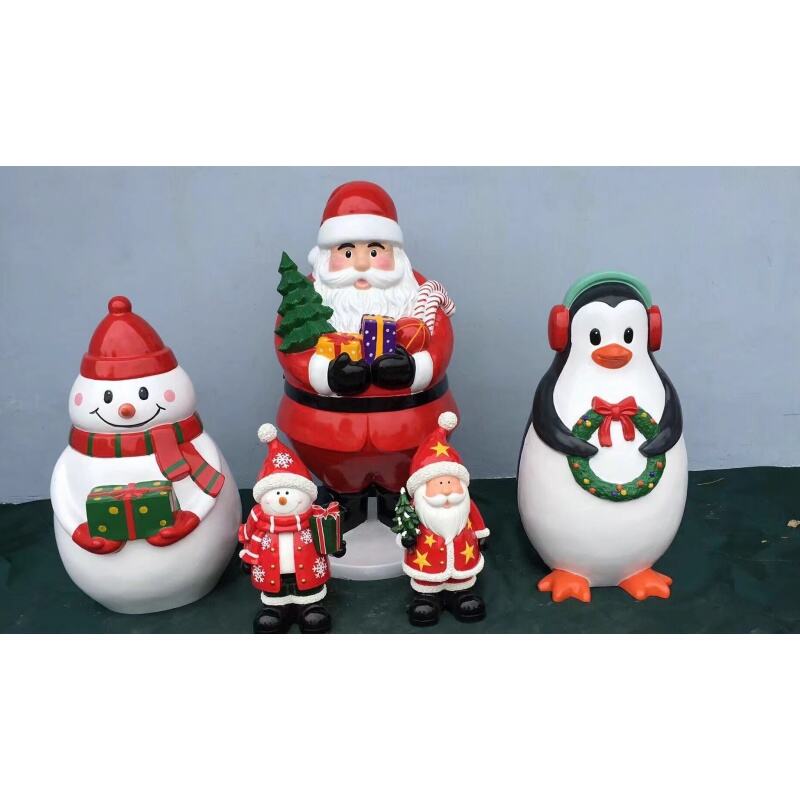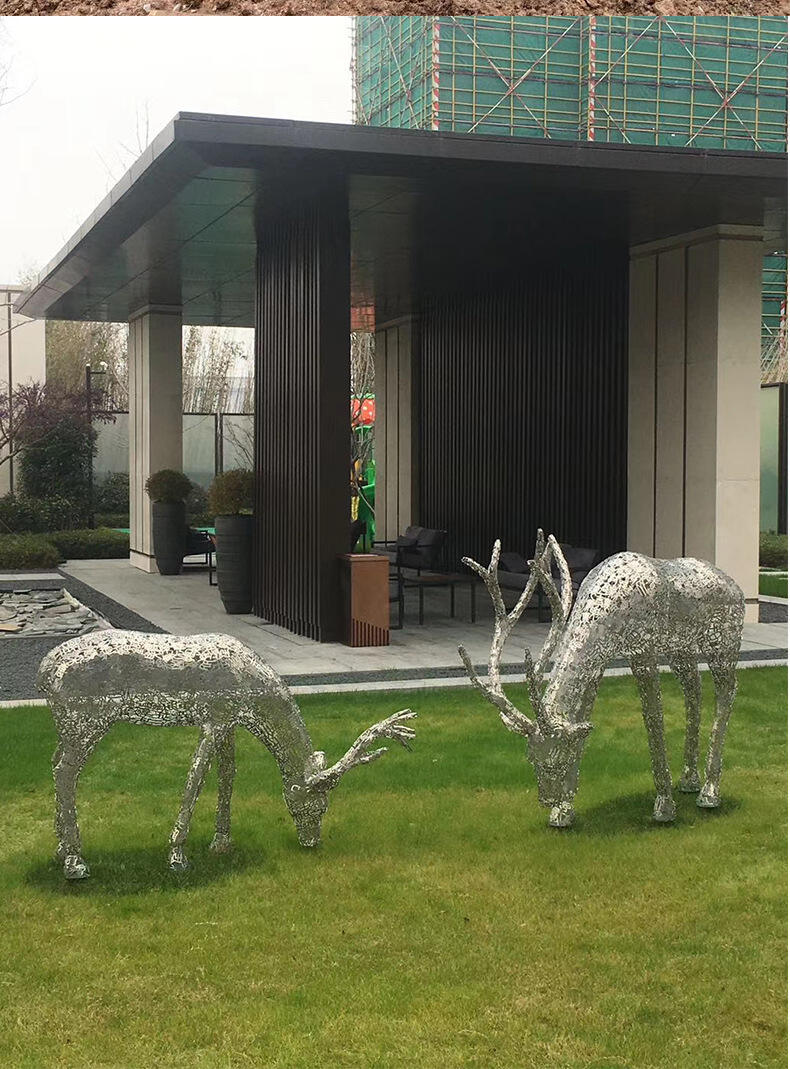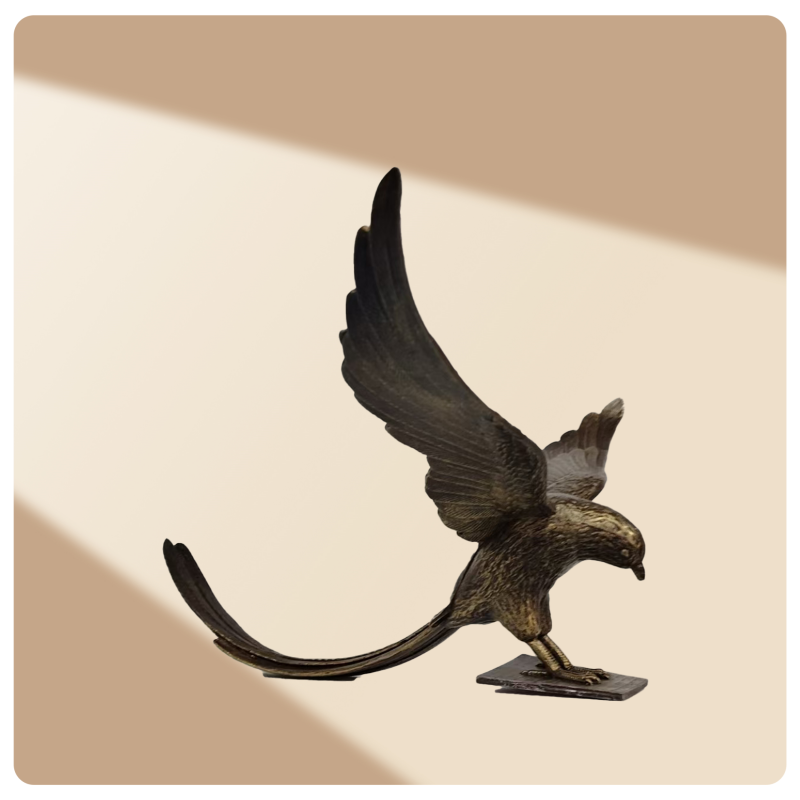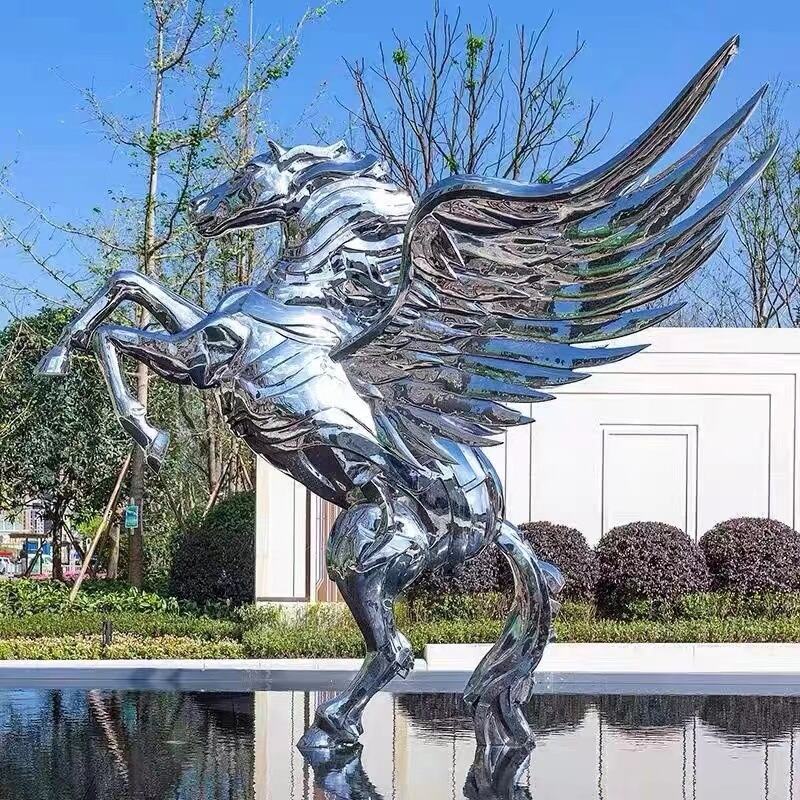Versatility in Design and Application
The remarkable versatility of iron as a sculptural medium opens up countless possibilities for artistic expression and practical application. Artists can manipulate iron through various techniques, including forging, welding, casting, and cutting, to achieve an extensive range of forms and textures. This flexibility allows for the creation of both abstract and representational works, from delicate, lace-like patterns to bold, architectural forms. The medium's adaptability extends to its functional applications, enabling the creation of sculptures that serve dual purposes as architectural elements, furniture, or decorative features. Modern fabrication techniques have further expanded these possibilities, allowing for precise cuts, complex joining methods, and innovative surface treatments that push the boundaries of traditional ironwork.





